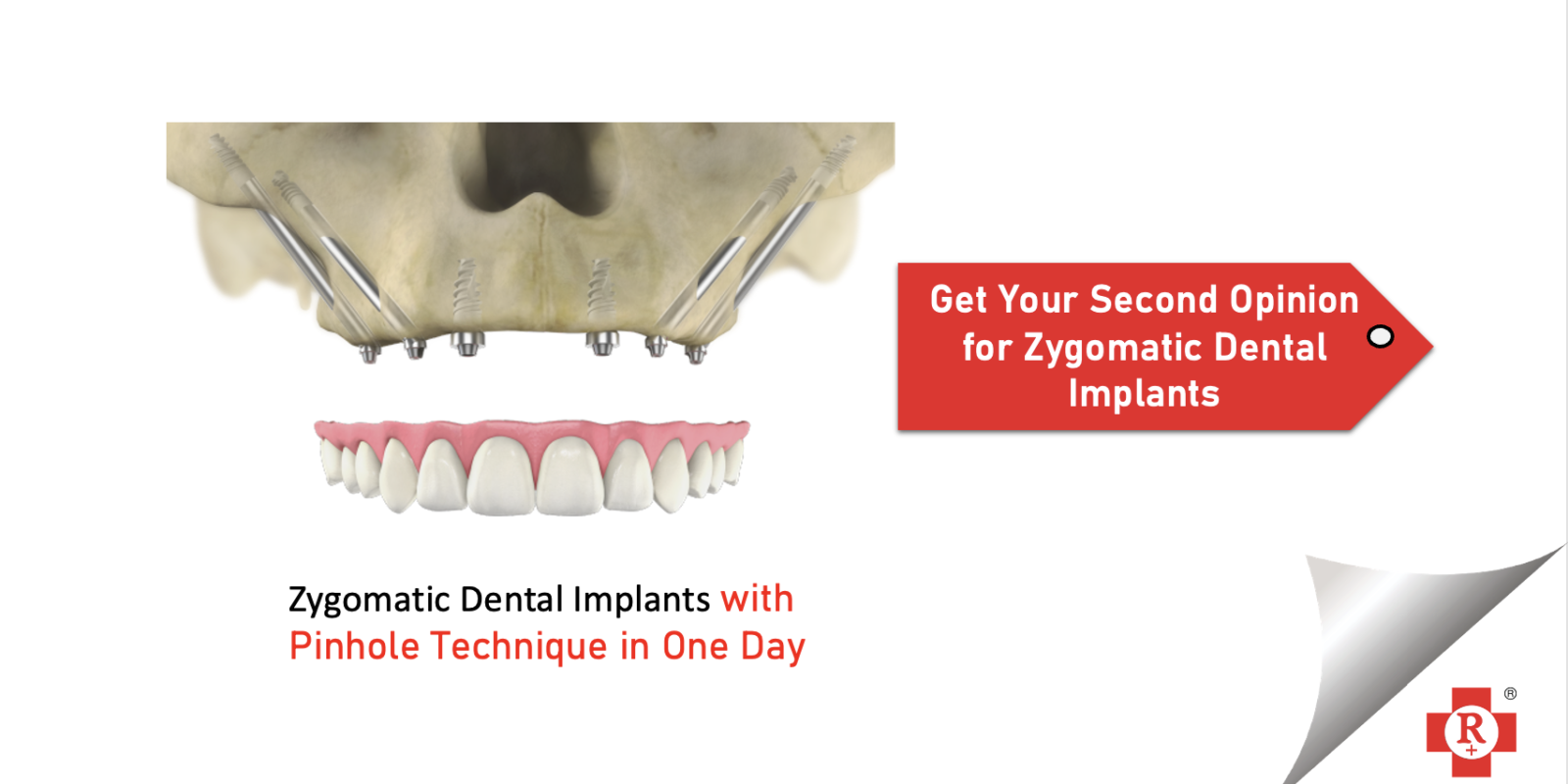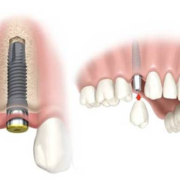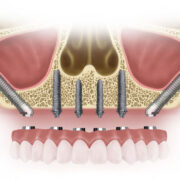Zygomatic dental implants are another popular type of dental implant. They’re used to replace missing teeth above the gums. They’re placed on either side of the gap and serve as an anchor for a false tooth or denture. Zygomatic dental implants are different from standard ones because they are unoccluded, which means that there is no covering over the implant like with standard ones. The word zygomatic comes from Greek and means pertaining to the cheekbones. These types of implants can be used to help support single or multiple missing teeth in patients who have healthy gums and jawbones. These types of implants rest directly above the bone rather than being buried beneath it, like standard types of dental implants do. Here is all you need to know about zygomatic dental implants:
What are zygomatic dental implants?
Zygomatic dental implants are a type of dental implant that is placed above the gums in the area where the cheekbones meet the jawline. These implants are also unoccluded, which means that there is no covering over the implant. This makes them look different from standard dental implants. Zygomatic dental implants are placed directly in the bone, rather than being buried beneath it like standard dental implants.
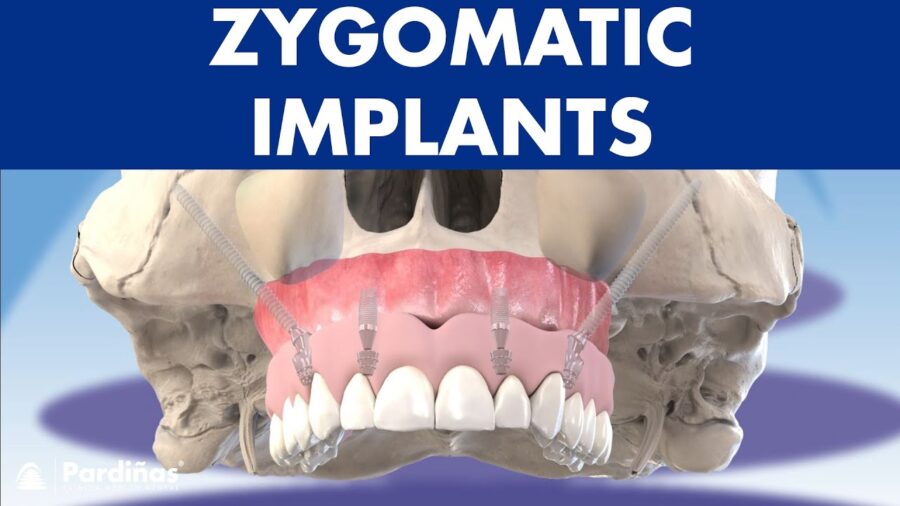
When the implant is placed, a hole is created in the bone. The implant is then placed into the hole and allowed to heal for several weeks before the crown that will cover it is put on. Because zygomatic dental implants sit right on the bone of the jaw, they tend to cause less damage to the surrounding tissue than standard dental implants. As a result, they are often placed in patients who have a weak bone or gum tissue.
How are zygomatic dental implants placed?
Zygomatic dental implants are placed in the bone, just above the gums. This means that the implant goes in on both sides of the mouth, one above each missing tooth. The dentist will numb the area and create a small incision in the gum. A surgical drill is used to open up the bone on both sides of the gap. There are different types of bone augmentation procedures that the dentist can do to help the implant anchor into the bone more easily. After the implant is in place, the incisions are closed up with stitches and allowed to heal for a few weeks before the crown is put on.
Benefits of zygomatic dental implants
- They can help prevent bone loss. Because zygomatic dental implants sit right on the bone of the jaw, they tend to cause less damage to the surrounding tissue than standard dental implants. As a result, they are often placed in patients who have a weak bone or gum tissue.
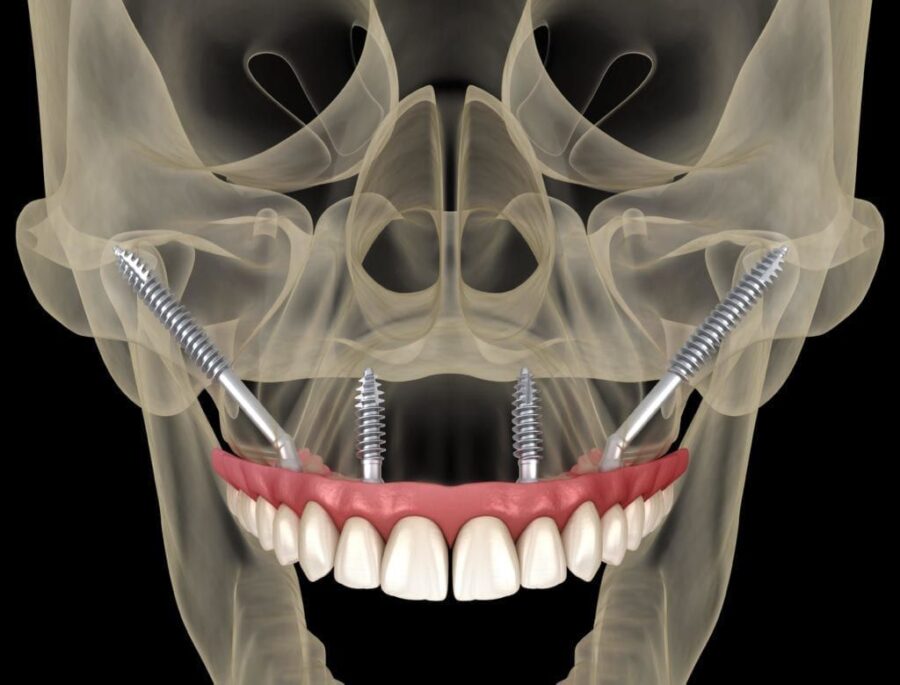
- They can help support single or multiple missing teeth in patients who have healthy gums and jawbones. This can be helpful after an injury or if you have lost your teeth due to gum disease or tooth decay.
- They last a long time. With proper care and maintenance, zygomatic dental implants can last for decades.
Disadvantages of zygomatic dental implants
- They are more expensive than standard dental implants. This is because they are done in two stages: The first stage is put in the bone, and the second stage is put in the gums. This means that more appointments are required for the whole process.
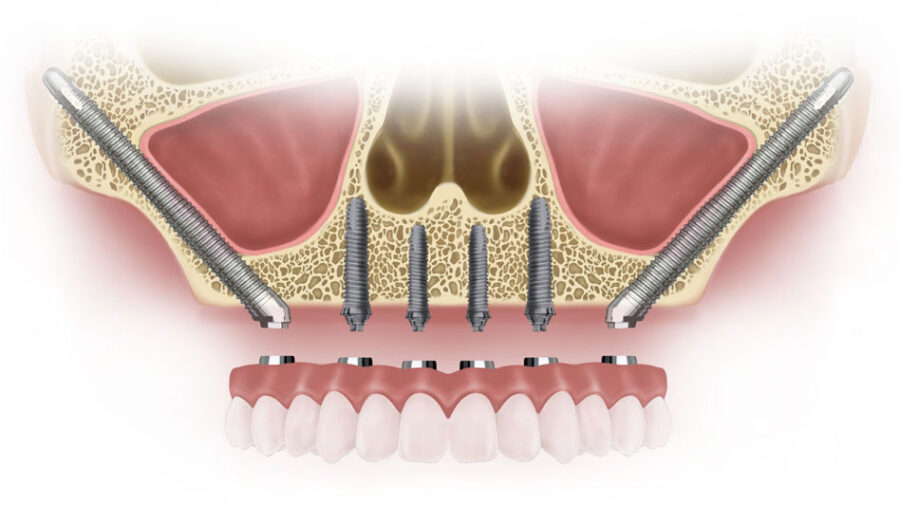
- They take longer to heal. Because zygomatic dental implants sit right on the bone of the jaw, they tend to cause less damage to the surrounding tissue than standard dental implants. As a result, they are often placed in patients who have a weak bone or gum tissue. This means that they take longer to heal, which may make it more inconvenient to eat and swallow.
- They may take longer to place. This is because they are placed in the bone, just above the gums. This means that the implant goes in on both sides of the mouth, one above each missing tooth.
Where can you get a zygomatic dental implant?
You can get zygomatic dental implants at any age and at any stage of your life, whether you have healthy or weak jawbones or gums. It is a good idea to get dental implants if you are missing teeth and want to replace them with a denture. Some dentists specialize in dental implants, so it can be helpful to find a qualified expert in your area. When choosing a dentist for dental implants, make sure that they are certified and experienced. You can also talk to other patients who have had implants done to see if they recommend a particular dentist.
How do Zygomatic Implants work?
They are attached to the area of the jawbone close to the zygoma bone. The longer implant is placed from inside the mouth and it goes through or right next to the sinus and anchors into the zygomatic bone. We can now immediately load zygomatic implants with fixed teeth.
Who may require these implant?
In cases where there is virtually no bone, weak or less bone, dental implants are feasible with or without bone grafting. Furthermore, all teeth in a jaw can be fixed on merely 4 implants, called All-on-4 Technique.
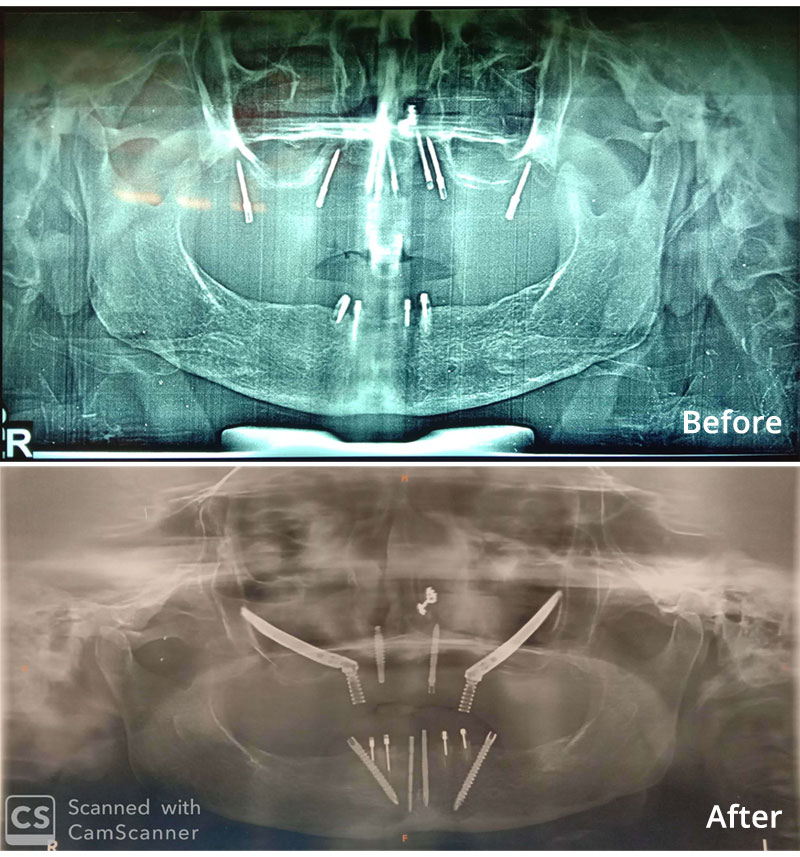
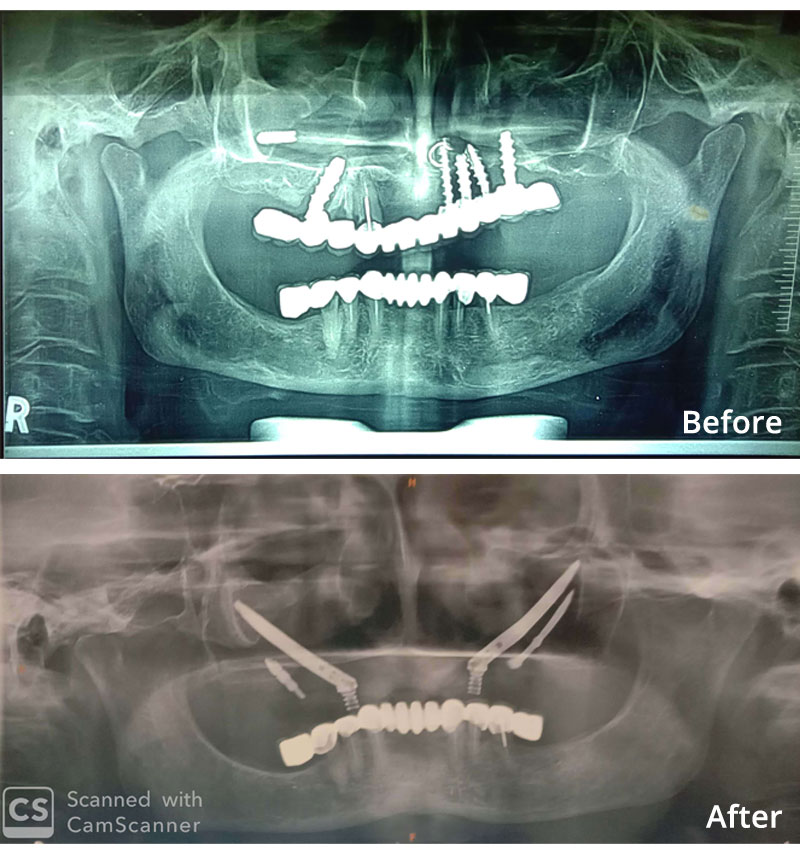
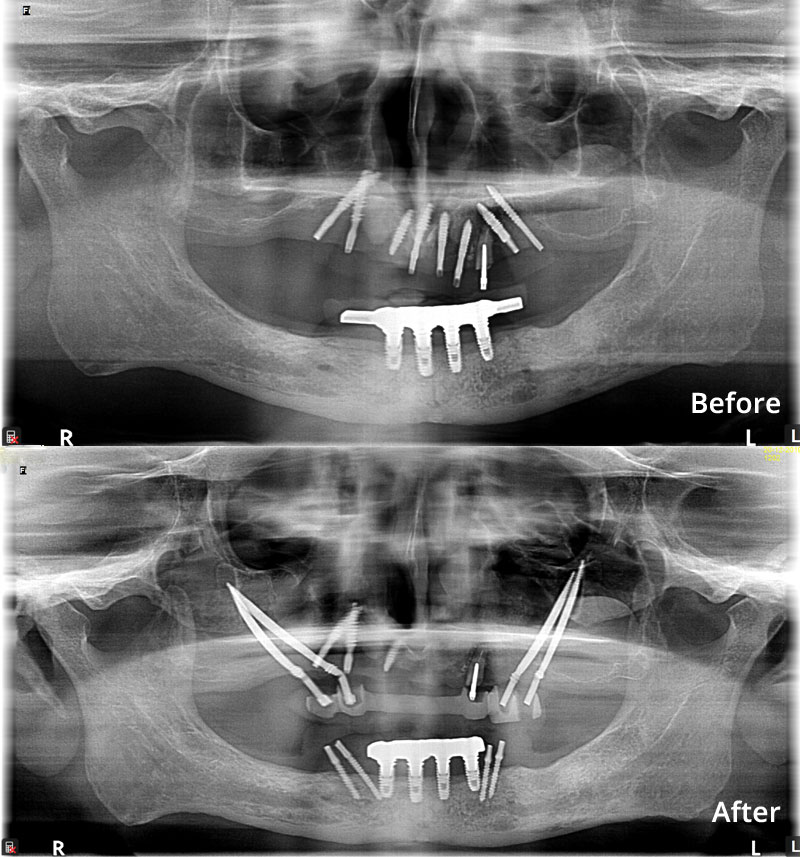
Zygomatic Implants are attached to the cheekbone?
Contrasted with the maxillary bone, the zygomatic bone is a lot denser and gives a strong anchor to highlight the implant.
Can you have dental implant in severe bone loss?
Bone resorption along with lower bone quality often makes it impossible to place dental implants in the posterior maxilla.
Conclusion
Zygomatic dental implants are not that popular type of dental implant. They’re used to replace missing teeth in less bone conditions. They’re placed on either side of the gap and serve as an anchor for a false tooth or denture. Zygomatic dental implants are different from standard ones as these are anchored into the cheekbone. The word zygomatic comes from Greek and means pertaining to the cheekbones.

